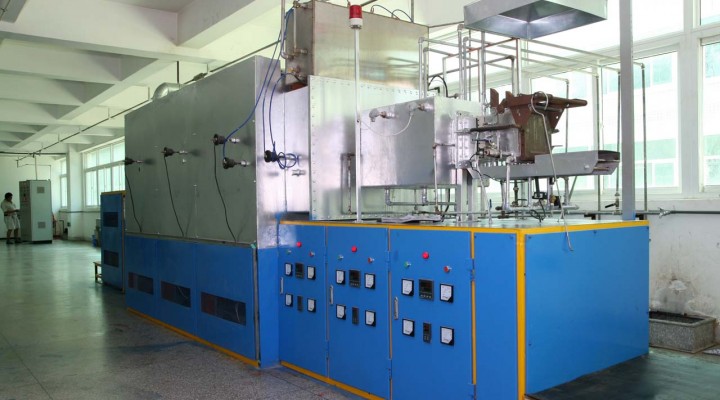
Aerospace is so advanced that manufacturing had to evolve in order to keep pace with the innovation. Though it sometimes feels like the race to space is getting progressively farther out of reach, aerospace has brought many innovations to manufacturing that affect our daily lives too. Vacuum deposition systems, for instance, have completely revolutionized manufacturing. Thanks to these machines, engineers can “metalize” parts.
Shielding
Space is full of electromagnetic radiation, the same kind that our cell phones emit when we make phone calls. Shielding helps protect the craft’s internals from this interference. It would not be hard to imagine the kind of havoc that would be wrought if the guidance or life support systems shorted out. A sputter coater can apply thin films of metallic ink, or entire metal plates may be used in certain situations. The size and shape is completely dependent on the application.
Basics
You might not think it would be a good idea to use a plastic screw on a spacecraft, and you’d be partially right about that. The part you probably didn’t think about involves thin film vacuum coating, which applies metallic particles to the plastic screw. This process alters the property of the screw, making it far more durable and resistant to strain and heat.
Final Thoughts
Metallization is a spectacular breakthrough that will hopefully send humans to space one day. Extensive testing is already being performed, and has yielded some amazing real-world benefits. Metallization, for instance, is used in NASCAR and helps with the affordability of parts for cars. Whatever the future of manufacturing looks like, it’s crucial to waste fewer materials and save costs wherever possible.
Bio: Denton Vacuum, LLC has been tirelessly working to produce thin-film systems for more than 50 years, and has become one of the most widely-recognized names in the industry.



